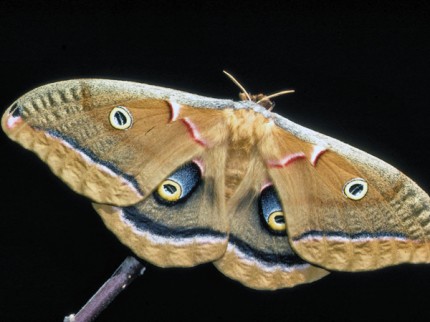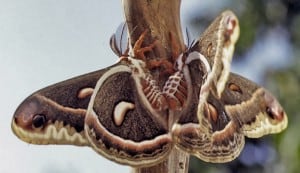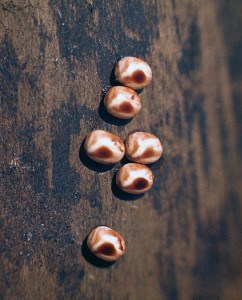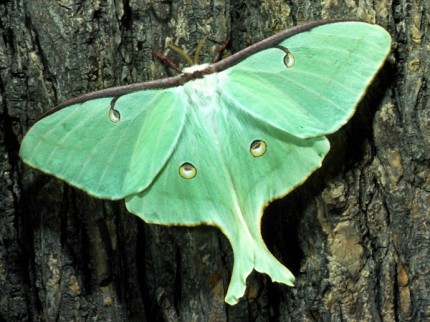
(Chelsea Update would like to thank Tom Hodgson and the Waterloo Natural History Association for the photos and the information in this column.)
June is the month when Michigan’s giant silk moths are emerging from cocoons spun the previous summer.
Unfortunately, because of their nocturnal habits, their bold colors and dramatic wing patterns are usually hidden in darkness. In fact, they find each other by releasing pheromones (chemical scents) that travel on the breeze.

Their colorful wings are not designed to impress prospective mates, rather to provide protection from predators as the moths rest during the day. Their appearances are brief, as they have no functional mouth parts and cannot take nourishment to extend their lives. They live seven to 10 days, just long enough to find mates and lay eggs.
Navigation is by the light from the moon and by starlight on moonless nights. For this reason giant silk moths are very susceptible to the lure of porch and dawn to dusk lights. They are sometimes found in the morning clinging to screens or the sides of buildings.
At this time of the year, nature centers get many calls from folks who report they have found “rare” giant moths. As it turns out, though rarely seen, they are not so rare after all.
Rare or not, they are truly beautiful and it is always a treat to find one. There are four giant silk moths native to Michigan: the cecropia, polyphemus, luna, and promethea.
(Pictures of each species are included with this article.)

The male silk moths have very broad, feather-like antennae that are used to pick up pheromones released by the females. The antennae of the females are much narrower, and the males may travel several miles to locate a mate because the females wait for the males to come to them.

The females do not usually fly until after mating, when they begin depositing their eggs on host plants. Therefore, females attracted to lights at night have probably already mated.
Luna moths are emerald green with long swallow-tails. In our area, their preferred food plants include hickories and black walnuts.
The cecropia is Michigan’s largest moth. It has a six-inch wingspan and its preferred food plants include wild black cherry, sugar maple and silver maple.
Preferred food for the promethea moth includes wild black cherry, sassafras and tulip tree.
The polyphemus prefers oaks, willows, maples and birches.
A mated female placed in a paper shopping bag overnight will lay some of her eggs on the inside of the bag. The following night, she can be released to lay her remaining eggs in the wild and you have the ingredients for an interesting project.

With a pair of scissors, cut around the eggs and place the eggs and surrounding paper in a jar that has a lid. The eggs will hatch in a week to 10 days depending on temperature.
When the eggs hatch, place leaves of the host plant into the jar and replace the lid. Do not provide ventilation. After a week or so, as the larvae grow, ventilation holes can be added to the lid.
The jar should be cleaned each time fresh food is added. Eventually, the larvae may need to be moved to a larger container. Unwanted larvae can be released onto host plants in the wild.
Those that are unable to find a female moth can come to the Discovery Center where a silk moth exhibit will be on display beginning in late June. There, you can watch the larvae grow and eventually spin their cocoons.














